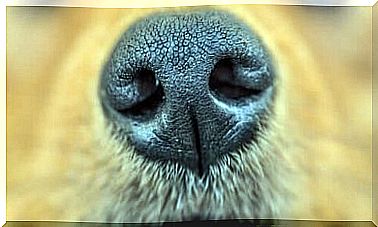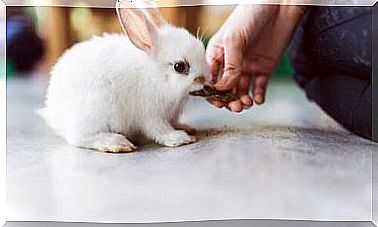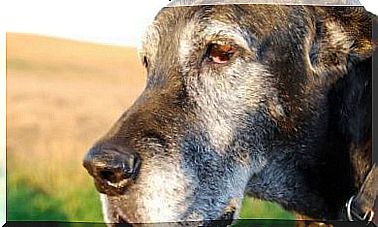What Are Marsupials?
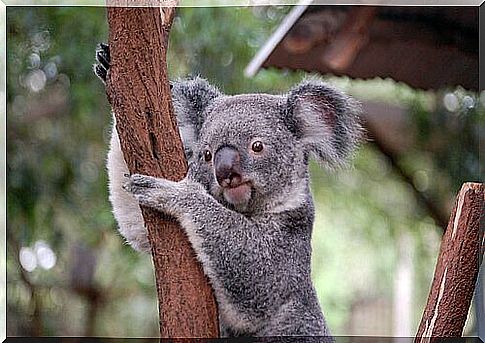
This is a group of mammals whose females have a “pocket” where embryo development is completed. In this text, we will tell you what marsupials are, typical of Australia and also present in America.
Characteristics of marsupials
Among mammals, there are different classes, separated from each other by one or more characteristics. In the case of marsupials, their main difference in relation to other vertebrates with breasts is that the development of embryos takes place for a short time in the maternal uterus.
To complete growth, the little ones “grab” the mother’s mammary glands, located on the outside of the womb. This kind of pouch, called a marsupium, is supported by the body by special bones, which are not present in other animals.
Another difference that is worth noting at the bone level between marsupials and other groups is the size of their skull, which is very small in relation to the body.
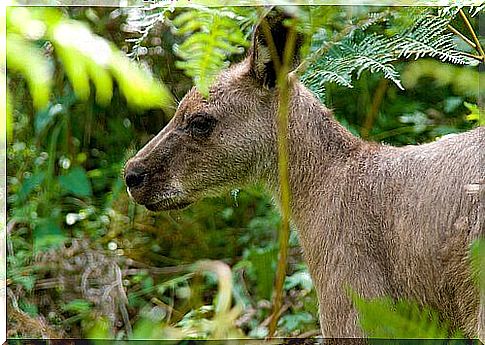
Source: Alexandre Estanislau
Examples of marsupials
Marsupials are a very heterogeneous group, as they are made up of moles, kangaroos, marmots and rats. In this sense, there are marsupials of different sizes and types of food: herbivores, carnivores, insectivores or fructivores.
Of the 270 species within this classification, 200 live in Australia and the rest in America, and there are no specimens in other continents. Some examples are:
-
Kangaroo
It is the best known of the marsupials, famous worldwide for its way of moving through jumps. Another of her typical images is of the mother carrying her baby in a bag at the level of the womb.
One of the most popular kangaroos is the giant gray kangaroo, which lives in the grasslands and forests of eastern Australia, and which feeds on grass and grass. It is very similar to the red kangaroo – what makes the difference is the color of the fur – whose male can measure up to two meters in height and weigh 66 kilos.
-
North American Zarigüeya
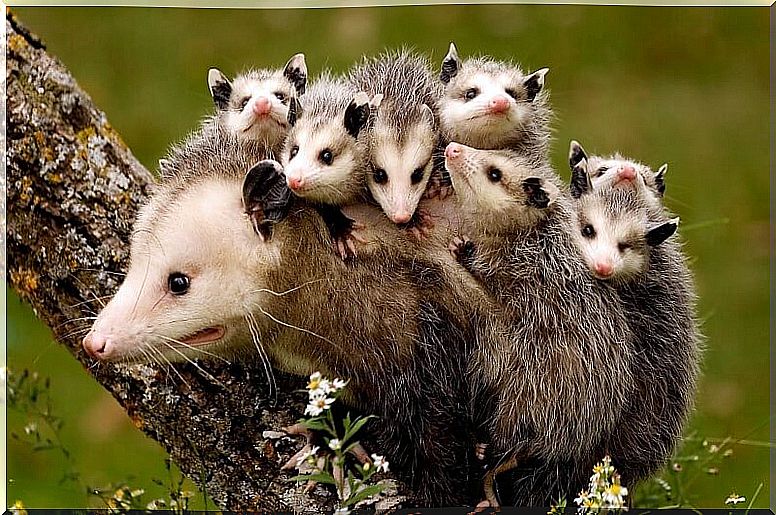
This marsupial is the only one that lives in North America, specifically north of the Rio Bravo, and has nocturnal habits. In addition, the Zarigüeya is the size of a domestic cat, is solitary and very opportunistic. When she feels that she is in danger, she releases a very strong smell and drops to the ground as if she were dead.
-
swamp wallaby
This species, very common in northern Australia and in danger of extinction, is similar to the kangaroo, but is smaller in size. The gestation of the wallaby, which gives its name to the country’s rugby team , lasts 38 days and then the offspring is carried by the mother for nine months on the baby carrier.
-
Koala
Coming from Australia, the koala is an animal with slow movements and peaceful behavior, with a very particular physiognomy: small body, large head (uncommon among marsupials), round hairy ears and a large black nose.
It feeds mainly on eucalyptus and, since this food gives it many nutrients, it leads a sedentary life. In fact, the koala is almost always asleep among the branches of trees and, though to us it seems a “teddy bear”, does not belong to the family of ursídeos.
-
White ear possum (timbu)
Distributed throughout South America, the white-eared possum, known as “timbu” in some northeastern states, adapts to any type of habitat, including urban areas, and lives for a maximum of four years. Males are larger than females, and both have a long tail that is almost equal in length to their body.
It breeds up to three times a year and the internal gestation lasts 14 days. After this time, she gives birth to the one centimeter long cubs, which “stick” to the mother’s breasts, and remain there for six weeks. Then they climb on her back and move only to feed on breast milk for the next six months.
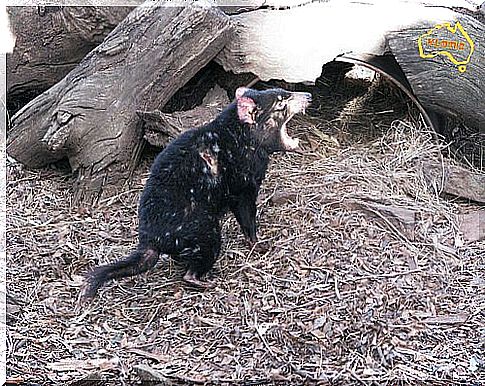
Source: Klomiz
-
Tasmanian Devil
Finally, we’ll talk about one of the few carnivorous marsupials that still live on the planet, and that comes from the island of Tasmania, as its name implies. It is similar in size to a small dog, its body is covered in black fur and has bright red ears.
About its behavior, we can say that it screams very loudly, it is ferocious when it eats, it can hunt, but it also feeds on carrion and it is generally very solitary. The puppies are kept in the mother’s baby carrier for 100 days, then reach 200 grams and are expelled from the maternal shelter.

